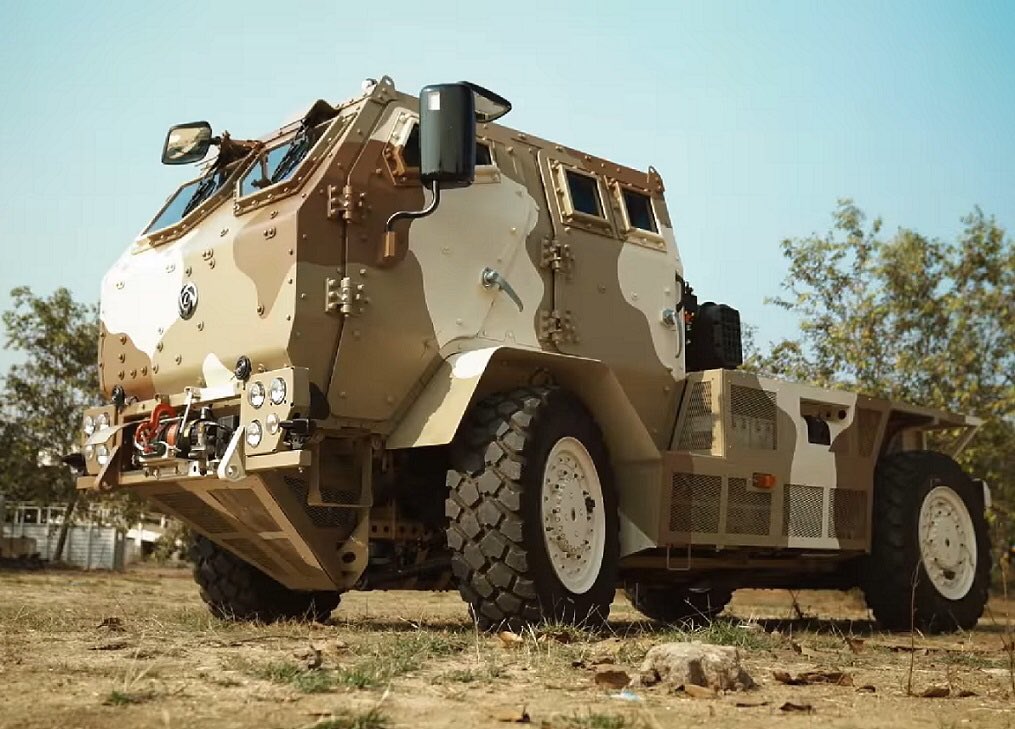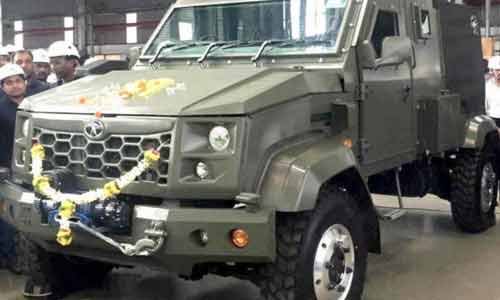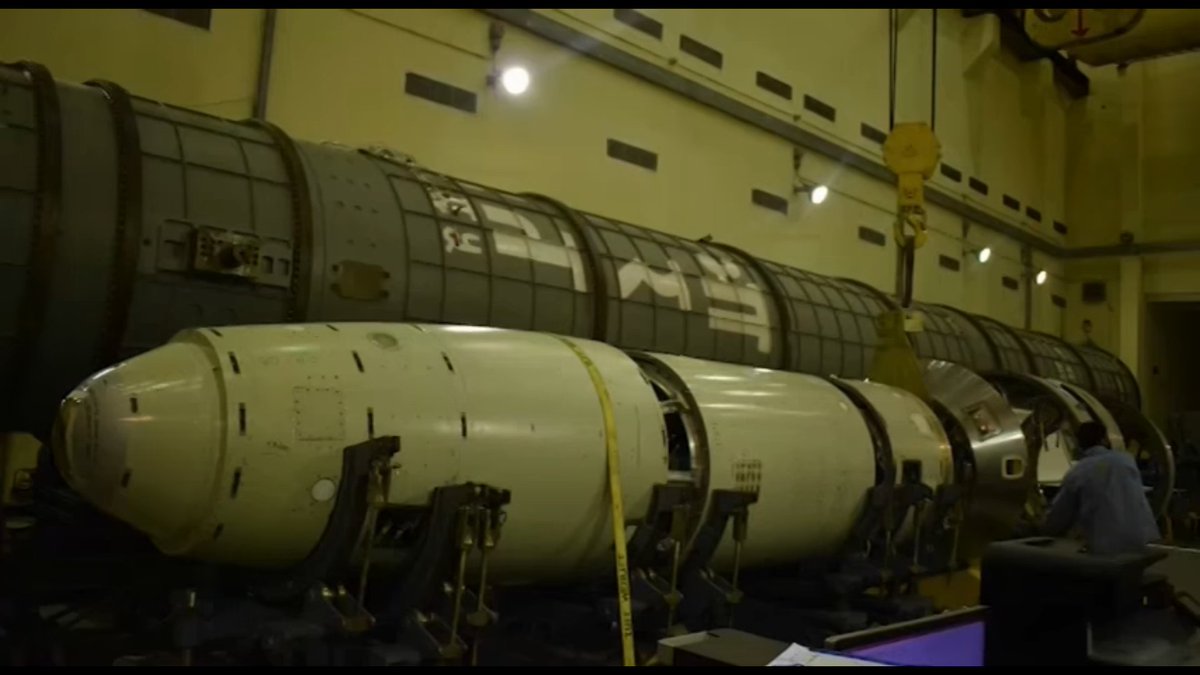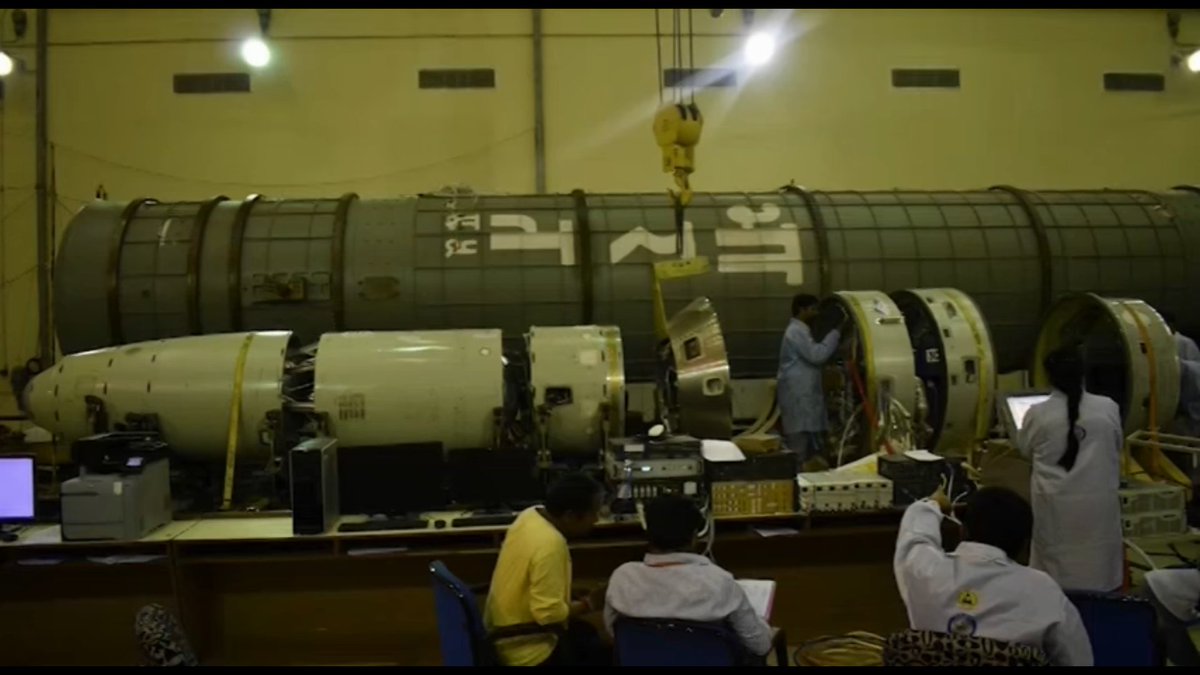On subject of armoured vehicles for #IndianArmy ,there are currently 2 ongoing competitions both labelled LSV-Light Support Vehicle and Light Strike Vehicle
For these two majors like @MahindraRise @TataMotors #AshokLetland #ForceMotors and #Kaylani group are taking part
For these two majors like @MahindraRise @TataMotors #AshokLetland #ForceMotors and #Kaylani group are taking part
Light Strike Vehicle competitors (#Kaylani group and #ForceMotors )
Force motors has already been given a contract for a limited number of LSV for specialist units of the #IndianArmy

Force motors has already been given a contract for a limited number of LSV for specialist units of the #IndianArmy


• • •
Missing some Tweet in this thread? You can try to
force a refresh

























